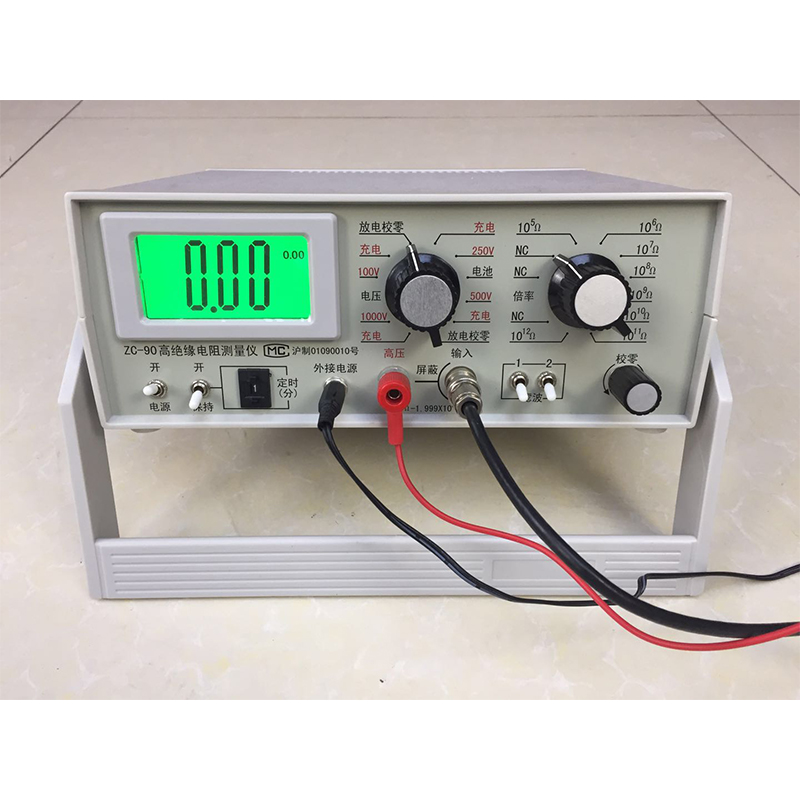resistance measurement fixture
Understanding Resistance Measurement Fixtures A Vital Tool in Electrical Testing
In the realm of electrical engineering and electronics, accuracy and precision are of utmost importance. One fundamental aspect of this field is resistance measurement. A resistance measurement fixture plays a crucial role in ensuring that electrical components and circuits meet required specifications. This article delves into the purpose, design, and significance of resistance measurement fixtures.
What is a Resistance Measurement Fixture?
A resistance measurement fixture is a specialized tool or setup used to measure the resistance of electronic components, circuits, or materials. Typically, these fixtures facilitate the connection of devices under test (DUT) to measurement instruments, such as digital multimeters or LCR meters. The main goal is to obtain accurate and reliable resistance values, which can be pivotal for quality control, research and development, and troubleshooting.
Key Components of a Resistance Measurement Fixture
A traditional resistance measurement fixture comprises several essential components
1. Connectors These are the points where the DUT is connected to the fixture. High-quality connectors minimize contact resistance, ensuring that the measured values are accurate.
2. Test Leads Standard test leads transfer electrical signals between the DUT and the measuring instrument. It's important to select test leads that are appropriately rated for the anticipated current levels.
3. Calibration Standards Many resistance measurement fixtures incorporate calibration standards, which help ensure measurement accuracy by allowing for regular checks against known resistance values.
4. Mounting System A stable and secure mounting system is crucial for holding the DUT in place during measurement, minimizing movement that could affect results.
5. Shielding and Insulation Effective shielding helps reduce electromagnetic interference (EMI), while proper insulation ensures safety and enhances measurement accuracy by eliminating stray capacitance.
The Importance of Accurate Resistance Measurement
Resistance measurements are critical for several reasons
- Quality Control Manufacturers need to ensure that their products meet strict resistance specifications. A resistance measurement fixture allows for systematic testing during production, reducing the chances of defective products reaching the market.
- Research and Development In the R&D phase, engineers often need to test new materials and components
. Resistance measurement fixtures provide a reliable way to evaluate these elements under various environmental conditions.resistance measurement fixture

- Troubleshooting When diagnosing electrical faults, accurate resistance measurements can help locate issues, such as short circuits, power failures, or component degradation.
- Compliance Many industries have stringent regulations regarding electrical safety and performance. Resistance measurement fixtures allow organizations to demonstrate compliance with relevant standards.
Types of Resistance Measurement Fixtures
Resistance measurement fixtures can be categorized based on their design and application
1. Handheld Fixtures Portable and user-friendly, these fixtures are often used for field testing and quick checks of electrical components.
2. Benchtop Fixtures These are more elaborate setups suitable for laboratory or production environments. They may include advanced features such as automated measurement capabilities and advanced data logging.
3. Custom-Built Fixtures Tailored specifically for unique testing requirements, custom-built fixtures can integrate specialized components and automation for enhanced efficiency.
Best Practices for Using Resistance Measurement Fixtures
To maximize the efficiency and accuracy of resistance measurements, consider the following practices
- Regular Calibration Periodically calibrate the fixture and measuring instruments to maintain measurement integrity.
- Proper Handling Always handle components carefully to avoid damage, which could lead to erroneous measurements.
- Clean Connections Ensure that connection points are clean and free from oxidation or contaminants, as these can introduce additional resistance.
- Environmental Control Perform measurements in a controlled environment where temperature and humidity are stable, as these factors can affect resistance readings.
Conclusion
In conclusion, resistance measurement fixtures are indispensable tools in the electrical testing landscape. They not only facilitate accurate measurements but also enhance the reliability and safety of electrical devices. As technology advances, the development of more sophisticated and user-friendly resistance measurement fixtures will continue to play a pivotal role in various sectors, from manufacturing to research and beyond. Understanding their significance is essential for professionals in the field, ensuring that they harness the full potential of these critical testing devices.
-
The Role of Tensile Force Testers in Quality Control and Material Science
NewsAug.01,2025
-
Maintenance and Safety Tips for Aging Ovens
NewsAug.01,2025
-
Density Balance in Forensic Science
NewsAug.01,2025
-
Advanced Optical Measurement Technologies
NewsAug.01,2025
-
A Buyer’s Guide to Tensile Test Machines
NewsAug.01,2025
-
Why the Conductor Resistance Constant Temperature Measurement Machine Redefines Precision
NewsJun.20,2025
 Copyright © 2025 Hebei Fangyuan Instrument & Equipment Co.,Ltd. All Rights Reserved. Sitemap | Privacy Policy
Copyright © 2025 Hebei Fangyuan Instrument & Equipment Co.,Ltd. All Rights Reserved. Sitemap | Privacy Policy
